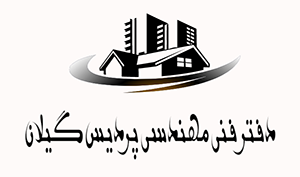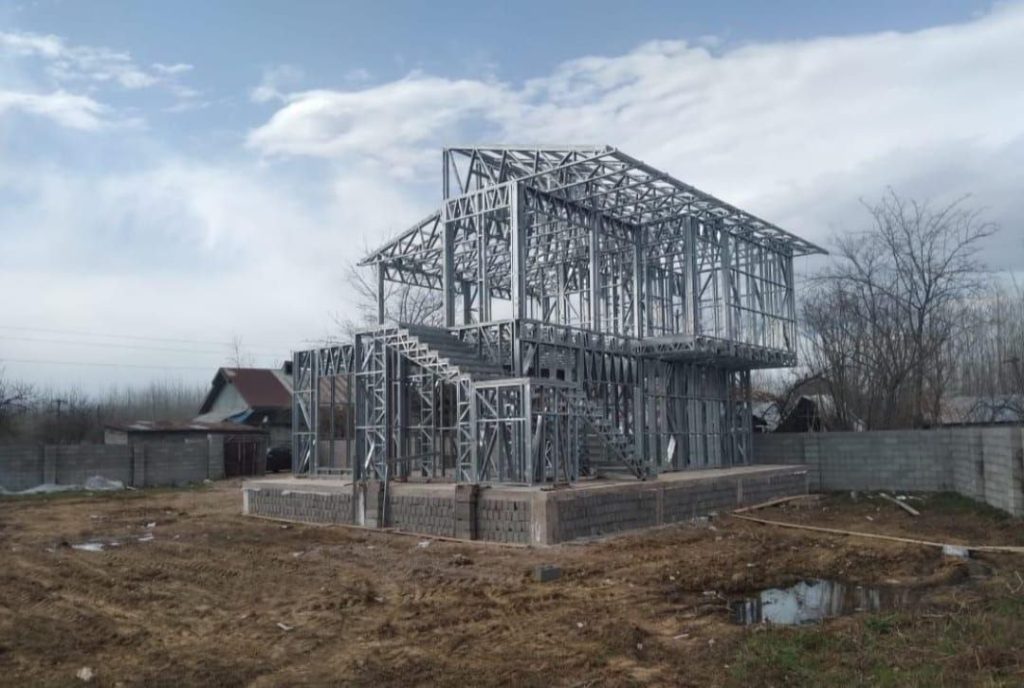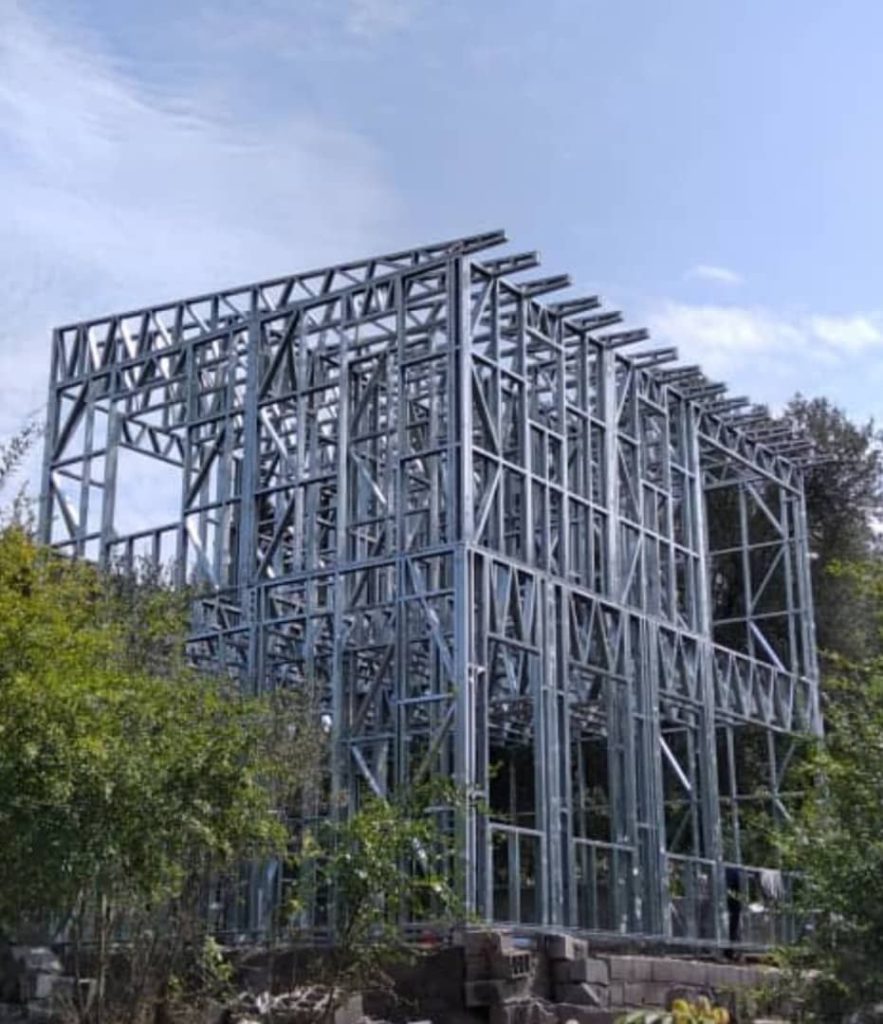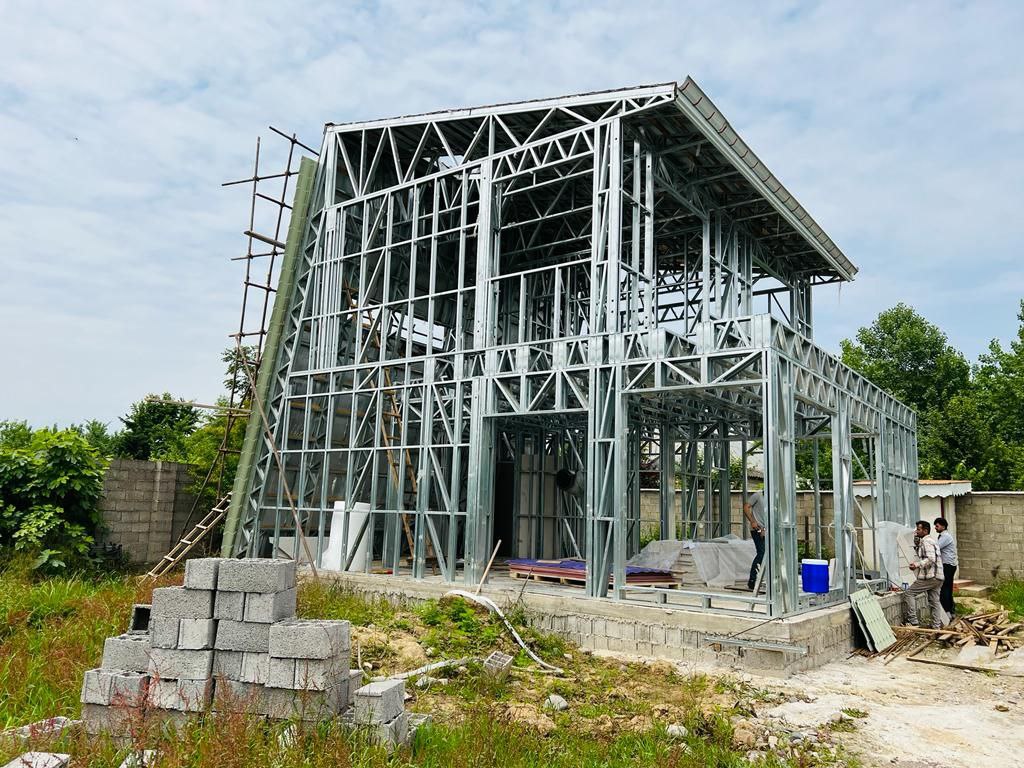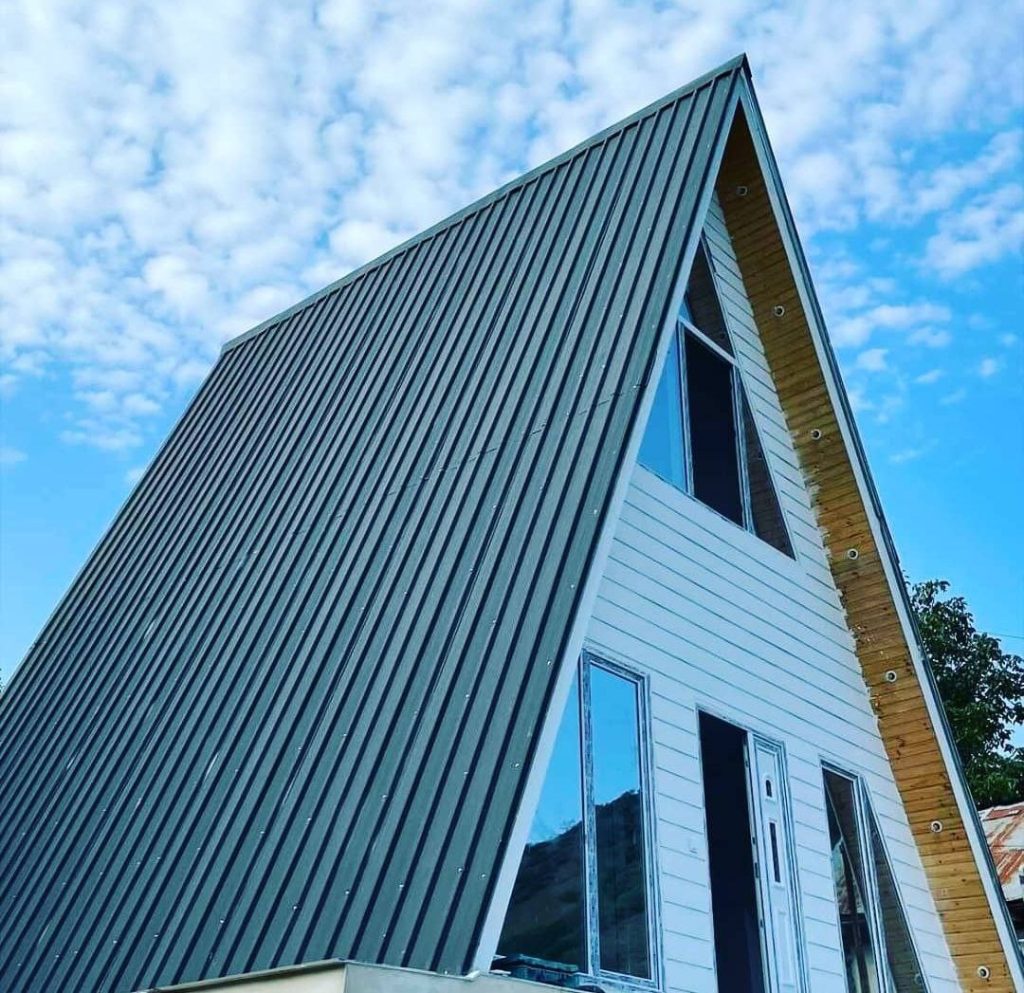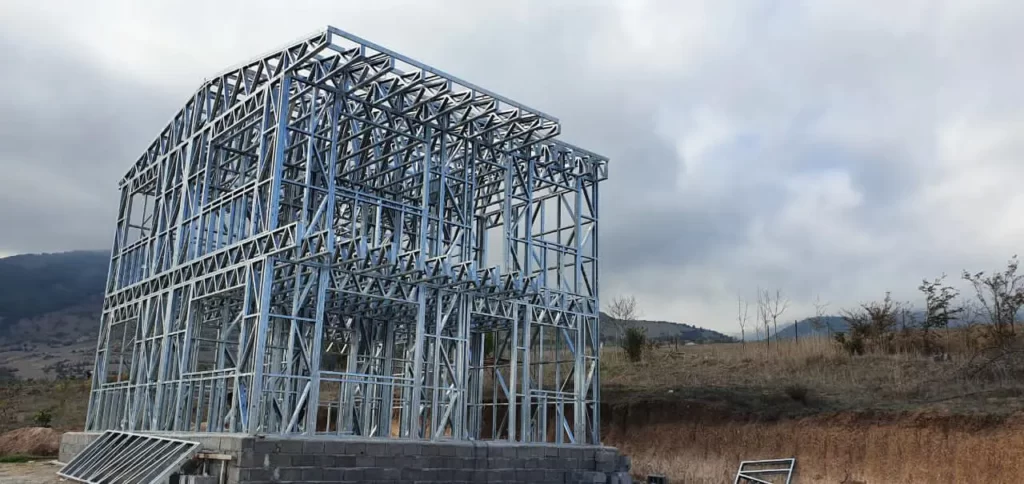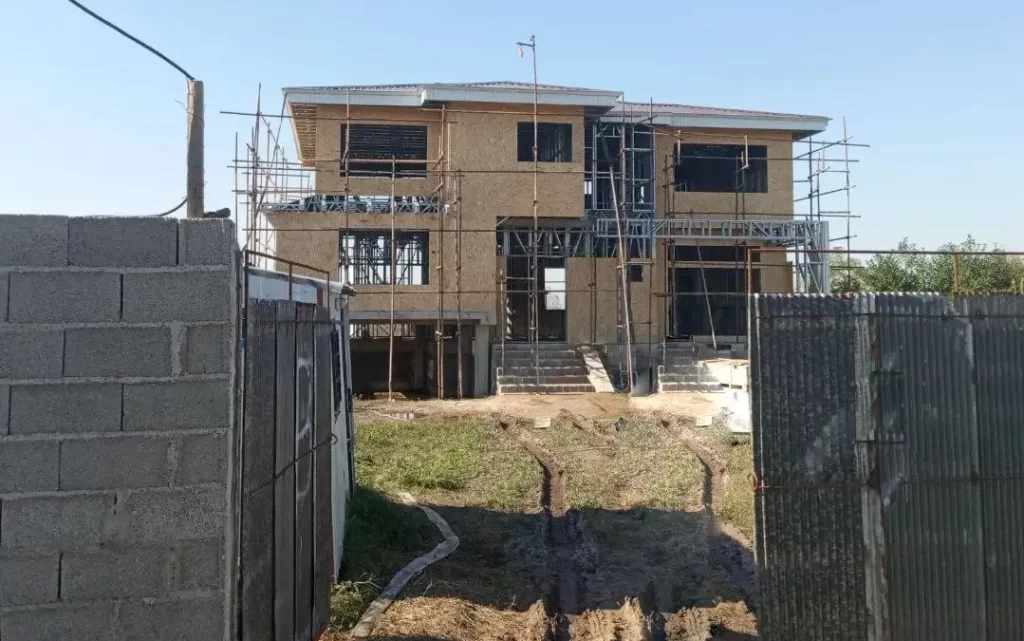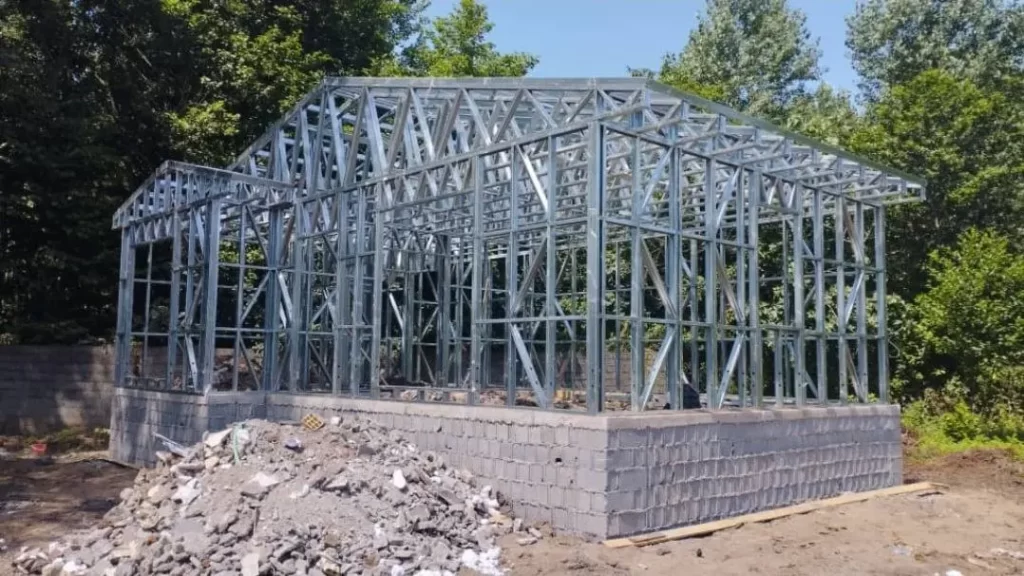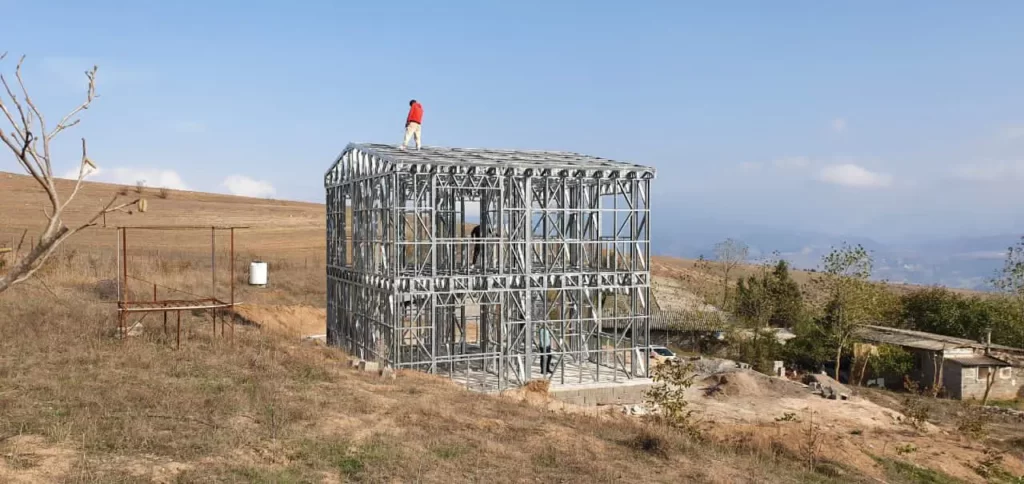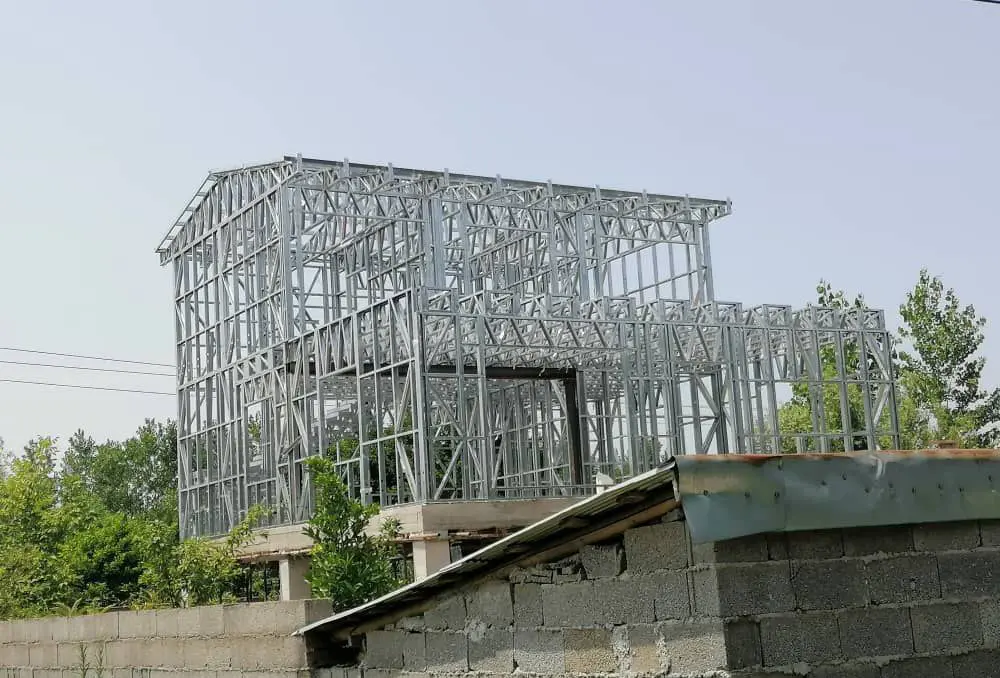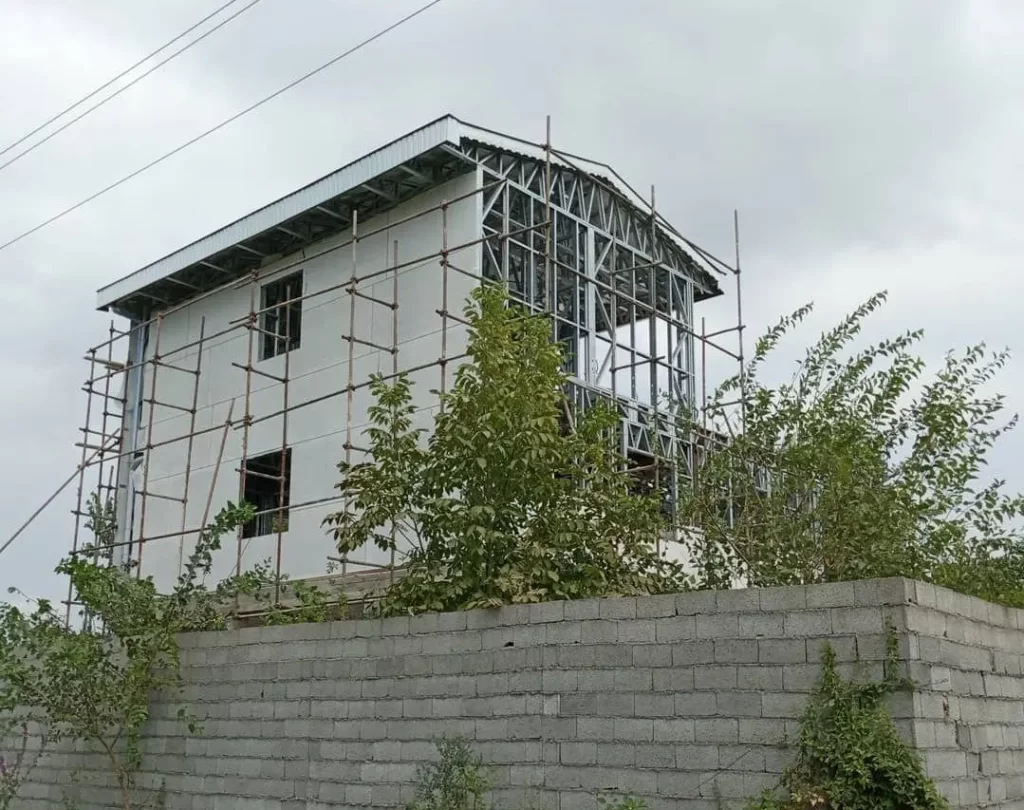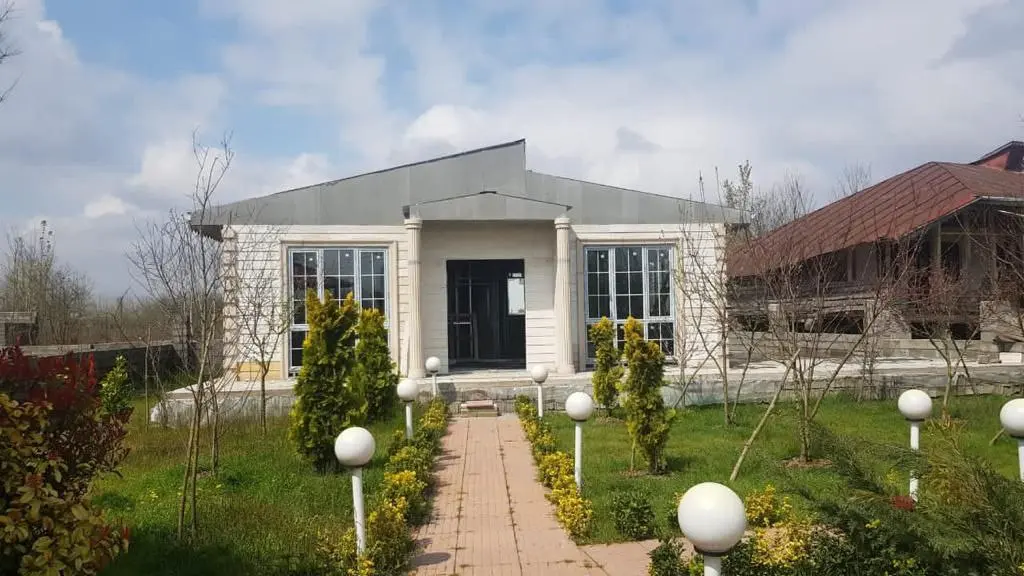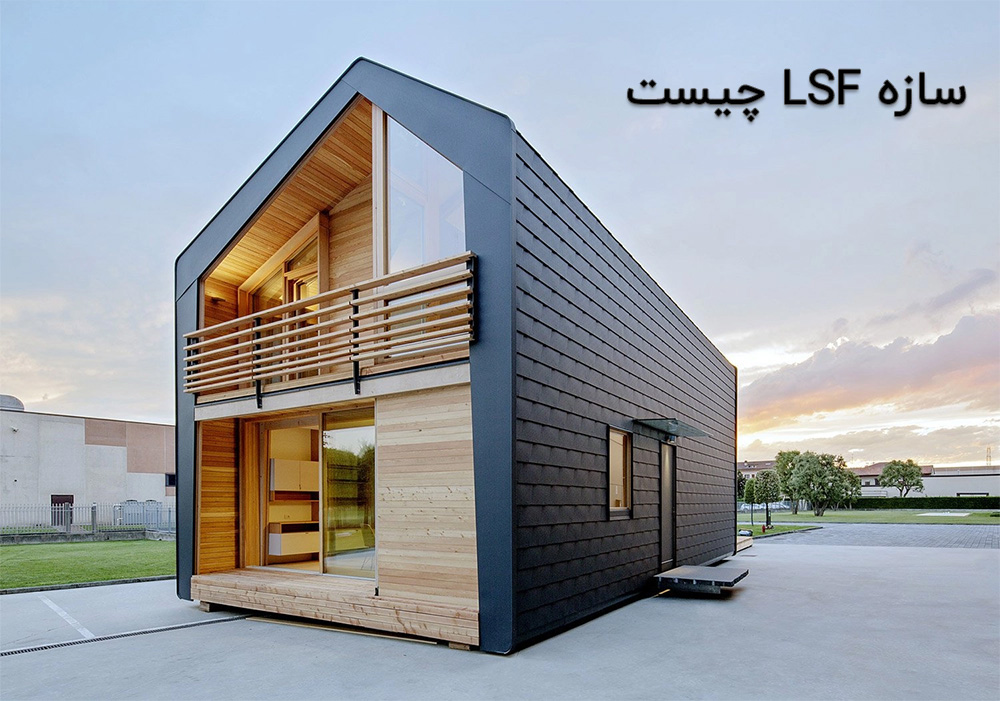
What is an LSF structure?
What is an LSF structure? In recent years, the construction industry has experienced tremendous growth, and innovative methods for constructing various structures have significantly increased the speed and quality of building construction. LSF structures are one of the prefabricated building systems that, in the past two decades, have proven to be a successful method for mass housing production.
The primary reason for the widespread use of LSF structures in the construction industry is their earthquake resistance, lightweight nature, and overall reduction in building weight. These attributes have made LSF structures highly popular worldwide. In fact, LSF structures are constructed using thin-walled steel sections. These steel sections are formed by rolling thin metal sheets, which then come together to form the LSF structure.
The advantages of LSF structures are numerous, with some of the most significant being the high speed of construction, environmental friendliness, resistance to earthquakes, cost-effectiveness, and most importantly, its prefabricated nature. These attributes have made LSF structures highly popular in Iran, making them a preferred choice for various types of prefabricated homes. Pardis Gilan Company utilizes this technology to construct LSF villas in Rasht.
In the following sections, we will delve deeper into the benefits of LSF structures, the construction process, comparisons between LSF systems and traditional steel and concrete structures, and the reasons behind the increasing adoption of LSF in the country.
LSF structures have been produced and utilized in developed countries for several decades, offering an efficient and rapid solution for building construction. The advancement of technology and the proven effectiveness of these structures have drawn the attention of world leaders and housing officials.
Extensive research on LSF structures has proven their reliability and effectiveness. With the numerous advantages outlined above, LSF has emerged as a fast and dependable method for constructing homes and villas. The LSF construction industry in our country is a burgeoning sector, steadily gaining popularity.
As technology advances across various domains in the 21st century, the construction industry is no exception. The use of cutting-edge tools and technologies in building construction has become increasingly common. In recent years, enhancing building durability, lifespan, and seismic resistance has been a global priority.
Moreover, LSF structures offer a promising solution to the global housing shortage. Governments worldwide are exploring mass production using innovative systems like LSF to address the housing crisis.
The adoption of modern, industrialized, and prefabricated construction methods has gradually replaced traditional building techniques. These advancements have significantly improved construction quality, leading to a noticeable decline in the use of traditional materials in developed countries and Iran. However, given the relatively recent emergence of LSF structures in Iran, potential buyers may have some reservations.
It must be stated that the growth of such structures in Iran is slightly slower than the global norm. However, utilizing these structures in a country like Iran, situated on the earthquake belt, would significantly reduce the incidence of casualties and damages in the event of such occurrences.
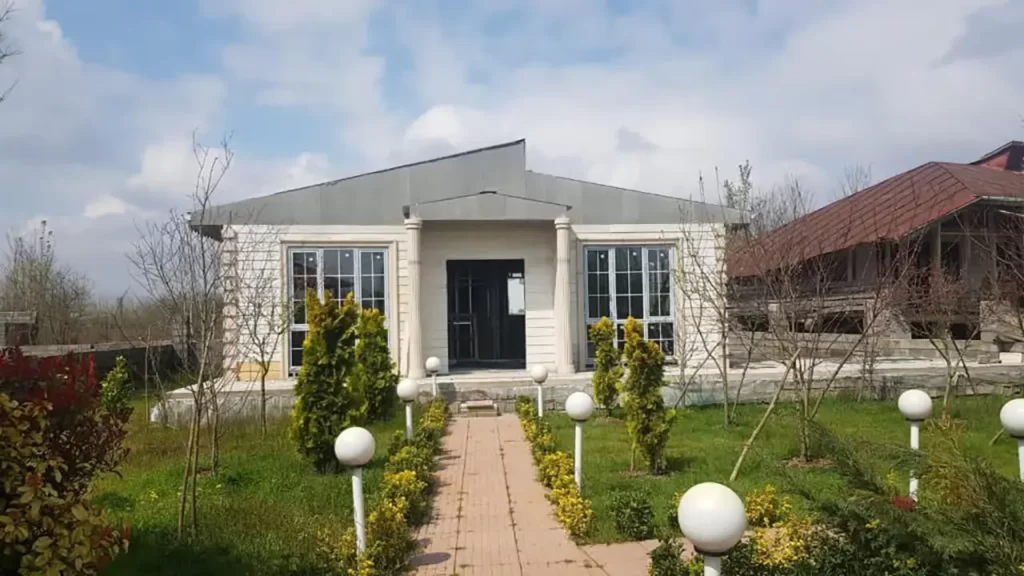
Advantages of LSF structures
As mentioned above, LSF (Light Steel Framing) structures help alleviate the shortage of construction materials, resulting in significant material savings during building construction. Materials are utilized optimally and engineered for precise structural and architectural purposes. LSF structures employ cold-formed thin-gauge steel sections, significantly accelerating project timelines. We will now delve into factors driving the increased preference for these structures.
As discussed, construction material resources are limited. To optimize material usage, LSF structures are the ideal choice. These structures utilize cold-formed thin-gauge steel sections, offering a higher strength-to-weight ratio compared to hot-rolled sections. This makes them a more efficient substitute for heavy steel sections in the construction industry.
Given the rising cost of construction materials worldwide, the use of LSF structures and cold-formed materials is becoming increasingly attractive due to their simple and time-efficient production process. Consequently, they can be offered at a much more competitive price compared to other construction materials.
Constructing LSF structures requires fewer resources and lower construction costs, leading to significant time and cost savings.
One of the most notable advantages of LSF structures is their rapid construction speed. Compared to precast concrete, the production and utilization time of cold-formed and hot-rolled steel sections is significantly shorter. This makes LSF structures the preferred choice for projects where construction speed is a priority. Therefore, when rapid construction is essential, LSF structures should be considered as a primary option.
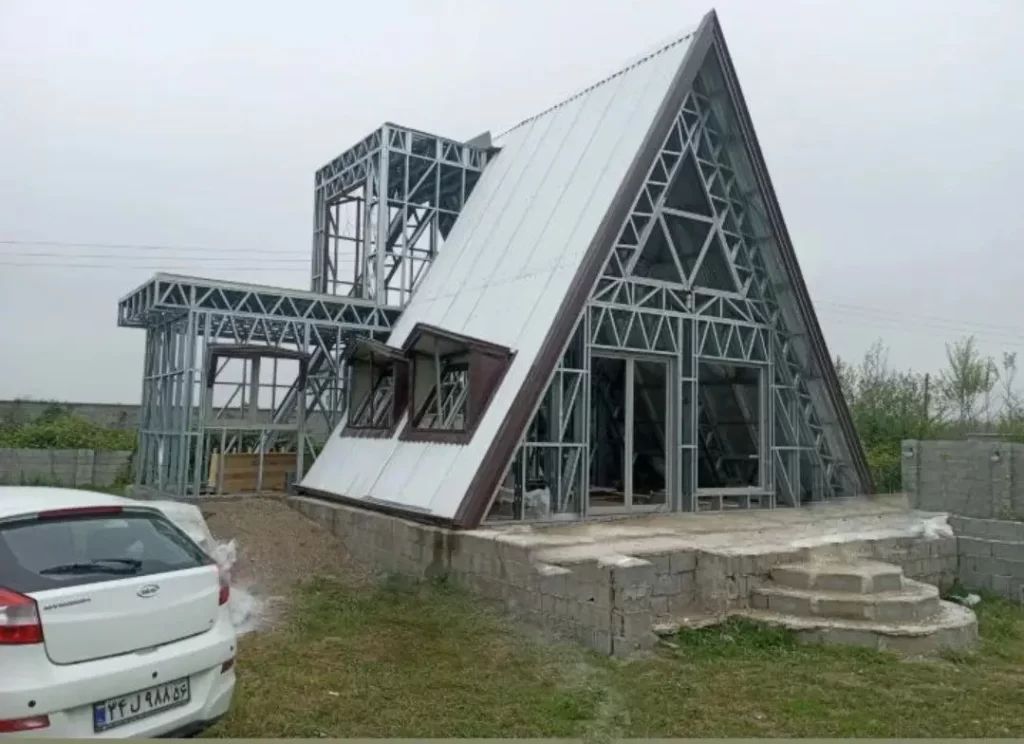
How to construct an LSF structure
The construction process of LSF systems is similar to other building systems worldwide. It involves creating architectural, structural, and construction drawings before proceeding with the actual construction. Here’s a step-by-step breakdown of the process:
Foundation: The first step is to create the foundation. A trench, typically 40-50 cm deep, is excavated for the foundation wall. After reinforcing and concreting, standardized spacing is marked for installing the walls. These spacings usually range from 40 to 60 cm.
Walls: After the foundation is complete, the walls are erected. Anchor bolts are used to secure the bottom tracks, which serve as the base for the studs. Studs, the main vertical members, are inserted into the tracks. Both studs and tracks form the load-bearing and non-load-bearing elements of the wall. Load-bearing walls transfer vertical loads and resist lateral loads from wind and earthquakes, while non-load-bearing walls divide interior spaces.
Steel studs are pre-drilled for easy installation of utilities. They are connected vertically at intervals of 40-60 cm. LSF walls are constructed by attaching steel studs and then covering them with gypsum panels. Adding bracing to these walls significantly enhances their resistance to lateral loads like wind and earthquakes.
Bracing in LSF vs. Steel Structures: A key difference in bracing between LSF and steel structures lies in the connections. In steel structures, braces are typically connected diagonally at the ends. However, in LSF, braces are also connected to the intermediate studs using self-drilling screws, significantly increasing the structural strength.
Roof: There are various methods for constructing LSF roofs. Common options include truss systems and flat roof systems. Truss systems cover the entire building from front to back, while flat roof systems use beams supported by load-bearing walls. For interior ceilings, beams are usually placed aligned with the wall studs. These beams, typically Z or C-shaped, directly transfer loads to the studs.
Roof coverings can be made of concrete, gypsum boards, or wood. In areas prone to strong winds or earthquakes, the roof frame should be braced.
Utilities in LSF: The locations for utilities in LSF structures are pre-determined during the design phase. Holes are drilled in the studs to accommodate these utilities. The ease of disassembly and reassembly of LSF components allows for easy access for maintenance and repairs, contributing to the long-term durability of the building.”
Note: This is a draft translation and may require further refinement based on specific context and terminology. It’s essential to review the translation with an expert in both Persian and English construction terminology to ensure accuracy.
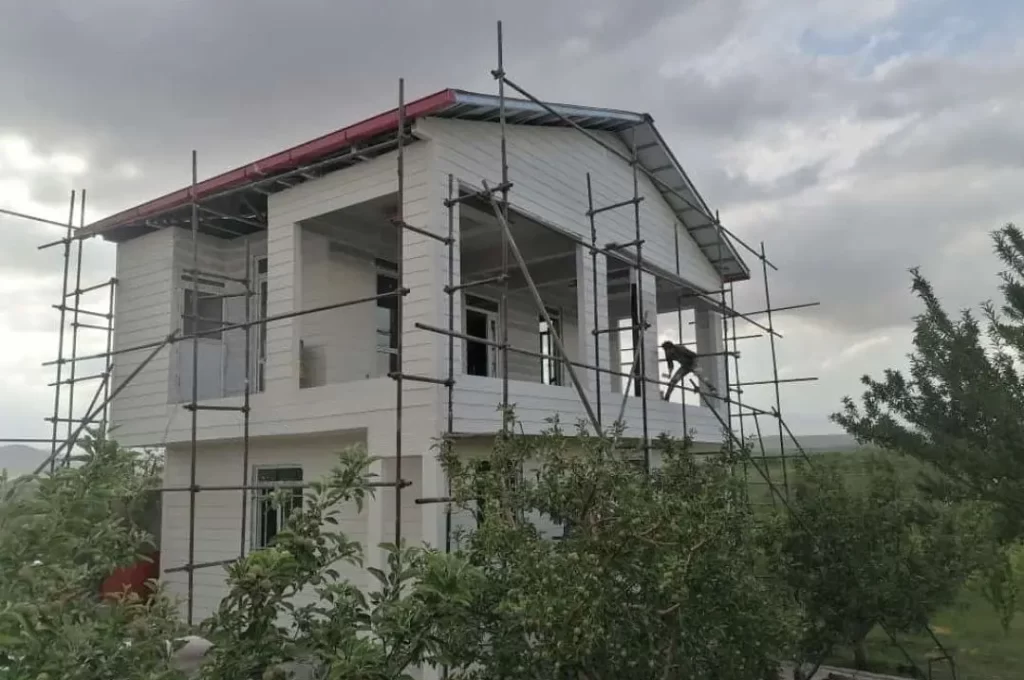
Disadvantages of LSF structure
While we’ve highlighted the numerous advantages of LSF construction, it’s essential to acknowledge certain considerations. These aren’t drawbacks but rather crucial points to remember when building with LSF.
Skilled Labor: One key requirement for successful LSF construction is a highly skilled and experienced workforce. Improper installation or handling can lead to significant structural damage and increased costs. Our team at Pardis گیلان is committed to providing the highest quality LSF structures by working with top-tier professionals in design, engineering, and construction.
Floor Limitations: While LSF offers many benefits, it’s important to note that there may be limitations when constructing buildings with more than two floors. Constructing taller buildings with LSF often requires additional engineering considerations and can increase project costs.
Economic Viability in Iran: Given Iran’s abundant mineral resources and seismic activity, LSF construction is highly economical and practical. LSF structures are lightweight, earthquake-resistant, and can be quickly and efficiently assembled. Their prefabricated nature and high strength make them suitable for withstanding earthquakes up to 6 on the Richter scale. The cost of an LSF structure can vary depending on specific requirements and design.
LSF in Rasht: Pardis گیلان has extensive experience in LSF construction and prefabricated homes in Rasht and the Gilan province. We handle all aspects of the construction process, from obtaining permits to interior and exterior design.
Swiss-Style Villas with LSF: LSF construction is particularly well-suited for Swiss-style villas due to its:
- Speed of construction: Complex designs can be realized quickly.
- Cost-effectiveness: LSF offers a more affordable option compared to traditional methods.
- Durability: LSF structures are highly resistant to seismic and wind loads, making them suitable for mountainous regions.
- Flexibility: LSF allows for a wide range of design possibilities.
The construction process typically involves design, engineering, material procurement, foundation work, erection of walls and roof, installation of utilities, and finishing.
By adhering to these guidelines, we can ensure that LSF-constructed Swiss-style villas are of the highest quality and durability.
